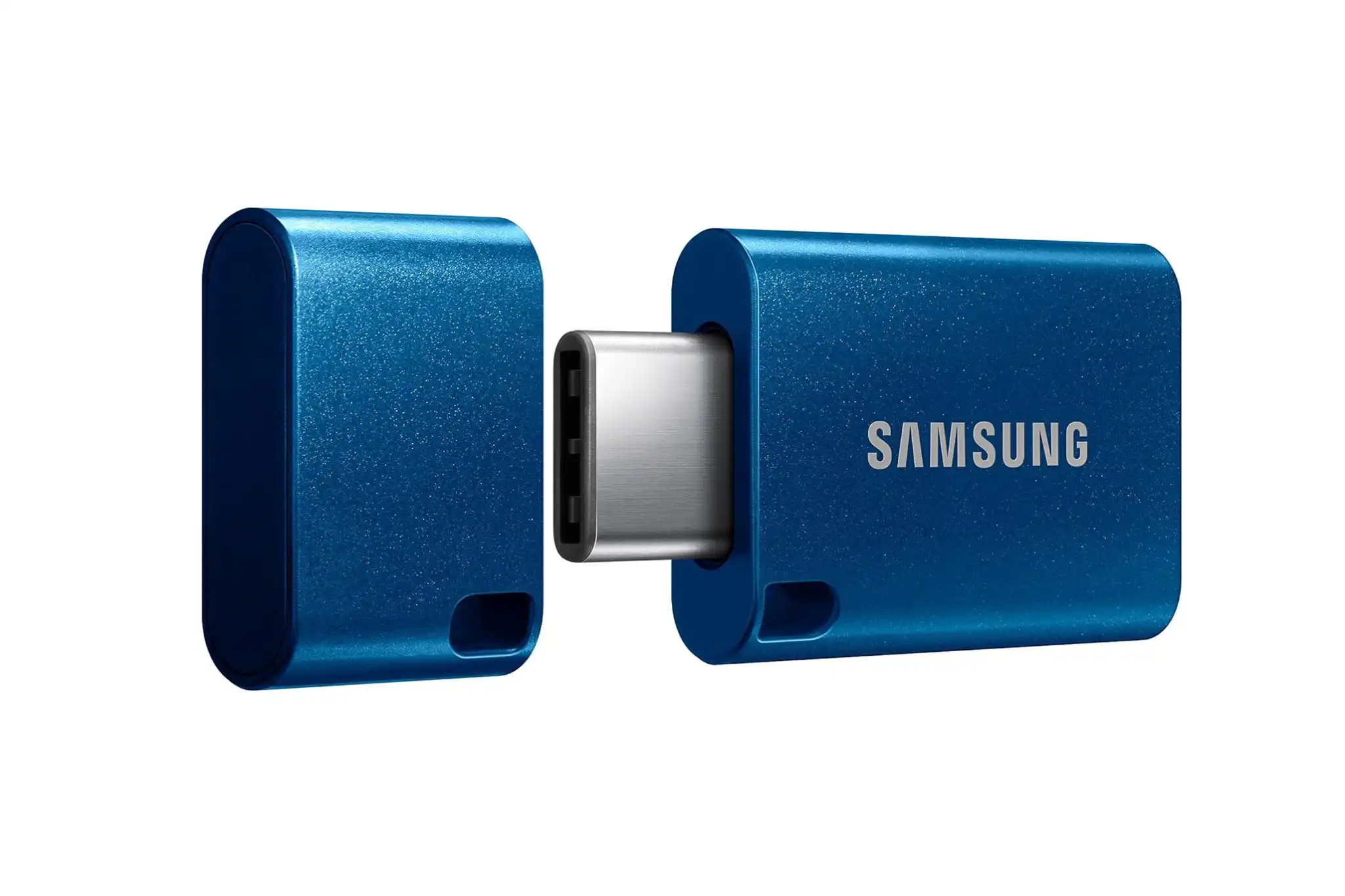The Galaxy S24 Ultra’s new AI tricks show promise, but you don’t need to splurge on Samsung’s top-of-the-line phone to get them.
With the press of a button, all the text messages sent between myself and my husband over the past couple of days were translated into French. I didn’t have to highlight specific words or message bubbles, nor did I have to copy and paste text between apps. Once I hit the “Chat translation” button on the Galaxy S24 Ultra’s screen, the words were translated instantly as I scrolled through our message history.
But using the Galaxy S24 Ultra for the past couple of days convinced me there’s some promise behind the excitement. While the vast majority of Galaxy AI features feel familiar rather than groundbreaking, Samsung’s real-time translation technology and Circle to Search — a feature it created in partnership with Google — feel genuinely useful.
The problem for the Galaxy S24 Ultra, which launches on Jan. 31 starting at $1,300 (£1,249, AU$2,199), is that you don’t need Samsung’s high-end phone to use these features. They’re available across all Galaxy S24 devices and will come to the previous-generation Galaxy S23 lineup, too. Circle to Search is also coming to the Pixel 8 and 8 Pro, both of which are notably cheaper than the Galaxy S24 Ultra.
Read more: Best Phone to Buy for 2024
When I reviewed the Galaxy S23 Ultra last year, I called it “the king of extra.” That still applies to the Galaxy S24 Ultra. It’s the Ultra’s giant screen, embedded S Pen and ridiculously long digital camera zoom that truly separate it from the regular Galaxy S24 and S24 Plus, not Samsung’s new AI features. Samsung gave the Galaxy S24 Ultra a fresh coat of paint with its new titanium design and flatter screen, along with a sharper 50-megapixel zoom camera that can take crisper photos at 5x magnification. Perhaps most importantly, the entire Galaxy S24 lineup will get seven generations of Android version upgrades like the Pixel 8 lineup, marking a big step up from Samsung’s previous four-year pledge.
Aside from its new AI tricks, the Galaxy S24 Ultra ultimately feels like a slightly upgraded version of last year’s phone. Samsung also missed an opportunity to make its top-of-the-line phone stand out from the rest of the S24 lineup with Galaxy AI features that are tailored specifically to the Ultra.
Galaxy AI: Language translation and Circle to Search shine
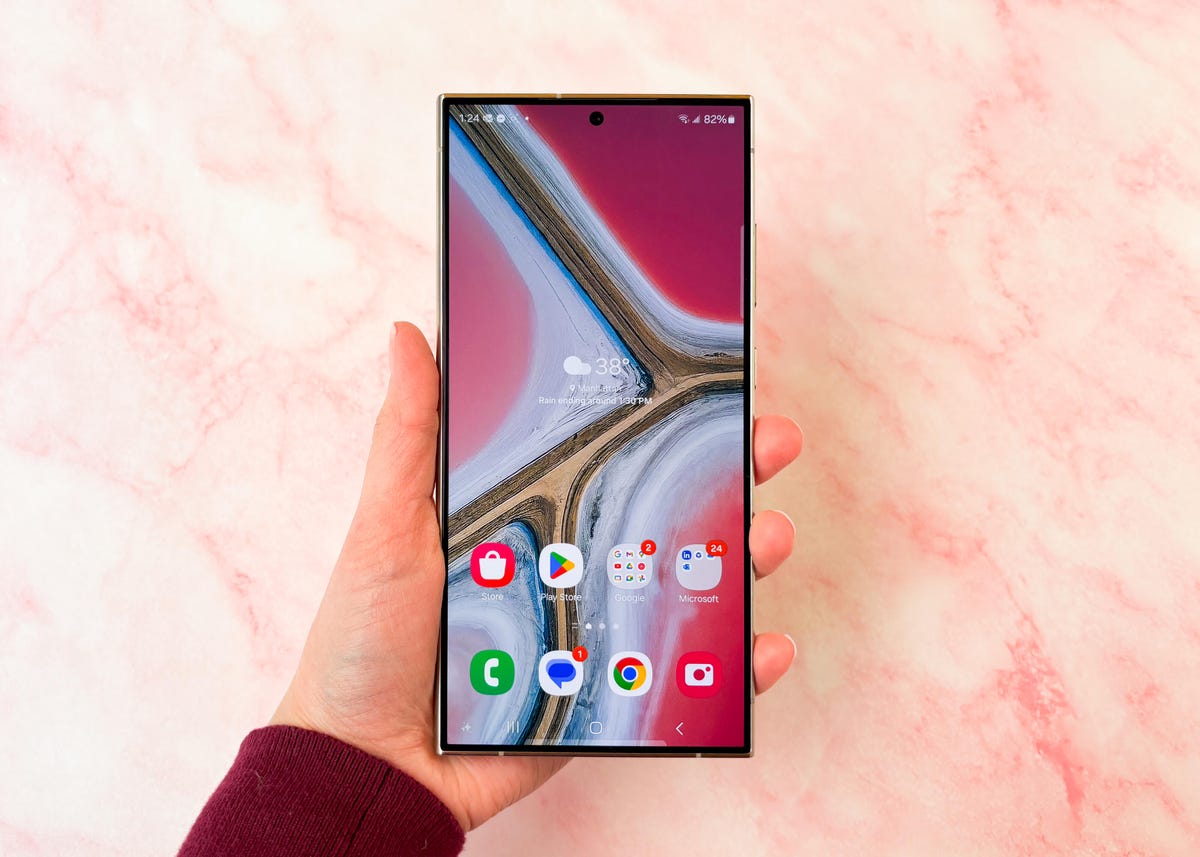
Galaxy AI spans everything from text messaging to Samsung’s apps for note-taking, voice recording, web browsing and the camera. Many of these features feel like tools we’ve seen from Google and Microsoft throughout 2023, but optimized for Samsung smartphones. Galaxy AI can, for example, organize notes in the Notes app into neat bullet points. Its web browser can summarize news articles, while the Voice Recorder app offers transcription summaries broken down by speaker. You can also translate any of these types of content into different languages.
These features should sound familiar to anyone who has been following Google’s AI developments over the past year. That’s intentional: Samsung worked closely with Google on certain Galaxy AI features and is even using the company’s underlying technology to power some tools like the ability to summarize transcriptions, notes and webpages, rewrite text messages in a different tone and remove or rearrange objects in photos.
But the execution isn’t typically the same. Take Samsung’s Generative Edit and Google’s Magic Edit as an example. Both tools let you select an object in a photo and either erase or move that object to your liking, but they can produce different results.
Sometimes one version will patch up the background after removing an object, while the other will substitute the unwanted object with another similar-looking structure that fits into the background. Google’s tool provides a few options to choose from when providing the result, while Samsung only provides one, but watermarks the new photo to clarify that it was altered using Generative Edit.
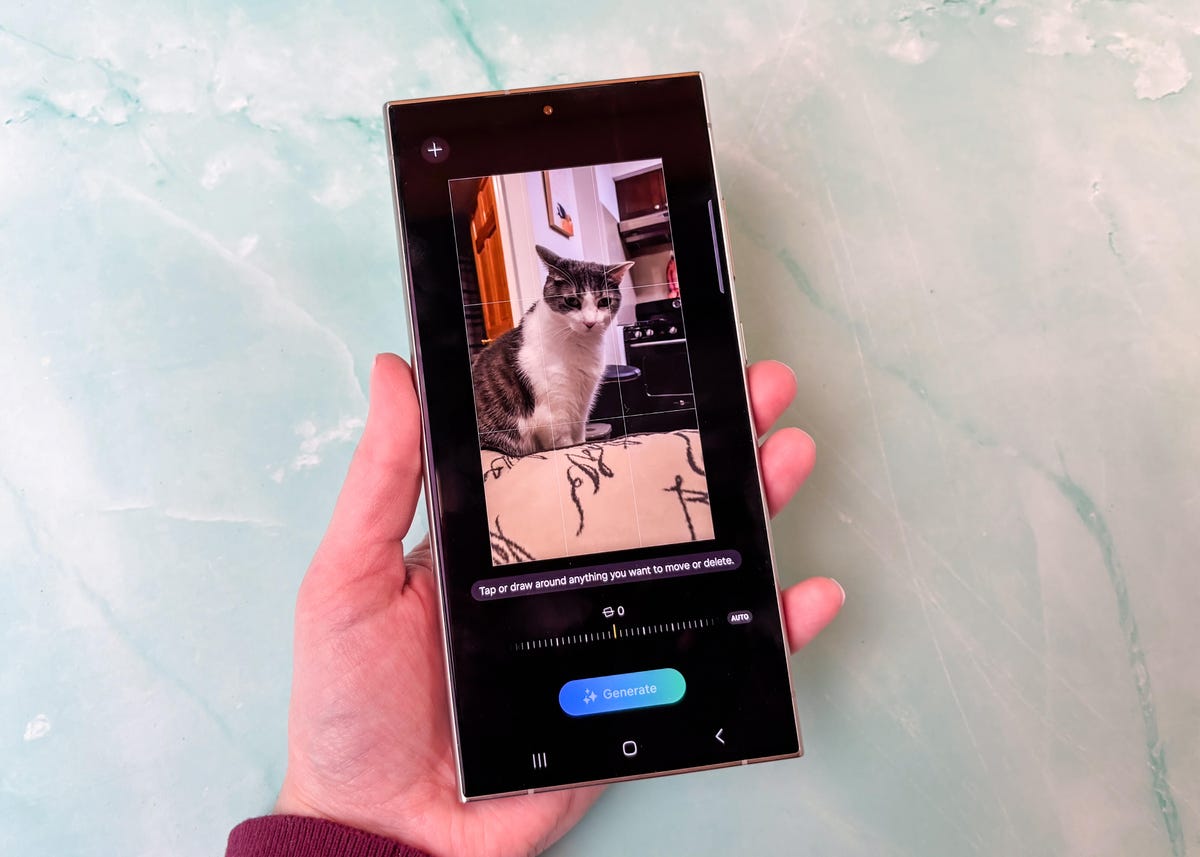
Of all the Galaxy AI features, there are two that impressed me the most: language translation and Circle to Search. While apps like Google Translate have existed for years, having translation built into the keyboard and phone app makes the whole process feel more natural.
In addition to the French example I mentioned earlier, I used Samsung’s translation features to text with a coworker who speaks Korean. As soon as she sent me a text in Korean, a prompt to translate the message to English appeared in the Messages app. I typed my response in English in a separate text box below the messaging field, and within seconds my words, translated into Korean, appeared in the message box.
Features like these could be extremely useful for anyone who travels a lot, has family members who speak a different language or that frequently work with colleagues or clients in different parts of the world.

Circle to Search is another practical tool that has the potential to make certain tasks more convenient by preventing the need to switch between apps as often. It’s self explanatory; just circle an object on screen that you’d like to learn more about, and the Galaxy S24 will launch a Google search for that item or location.
I have to admit, it’s hard to fight the instinct to open Chrome or the Google app and just type in my search query the traditional way. But Circle to Search works impressively well so far. I circled images of pesto pasta in my Instagram feed to find recipes and nearby restaurants. Circling a photo of a dress that I liked in my Instagram feed also pulled up similar pieces. Dragging my finger around characters from an animated TV series I recently finished watching resulted in news stories and YouTube videos about those characters, although Google warns that search results for actual people may be limited.
Shopping is the most obvious use case, but there are other ways it could be useful. Circling my character in Diablo Immortals pulled up a search result about my character’s class, for example, which could be helpful for new players. But this experience wasn’t consistent. When I tried to reproduce that result on a separate occasion, I got links to websites and videos about other games like Final Fantasy and Genshin Impact. Depending on how Circle to Search evolves, I feel like there are opportunities for it to be much more helpful.
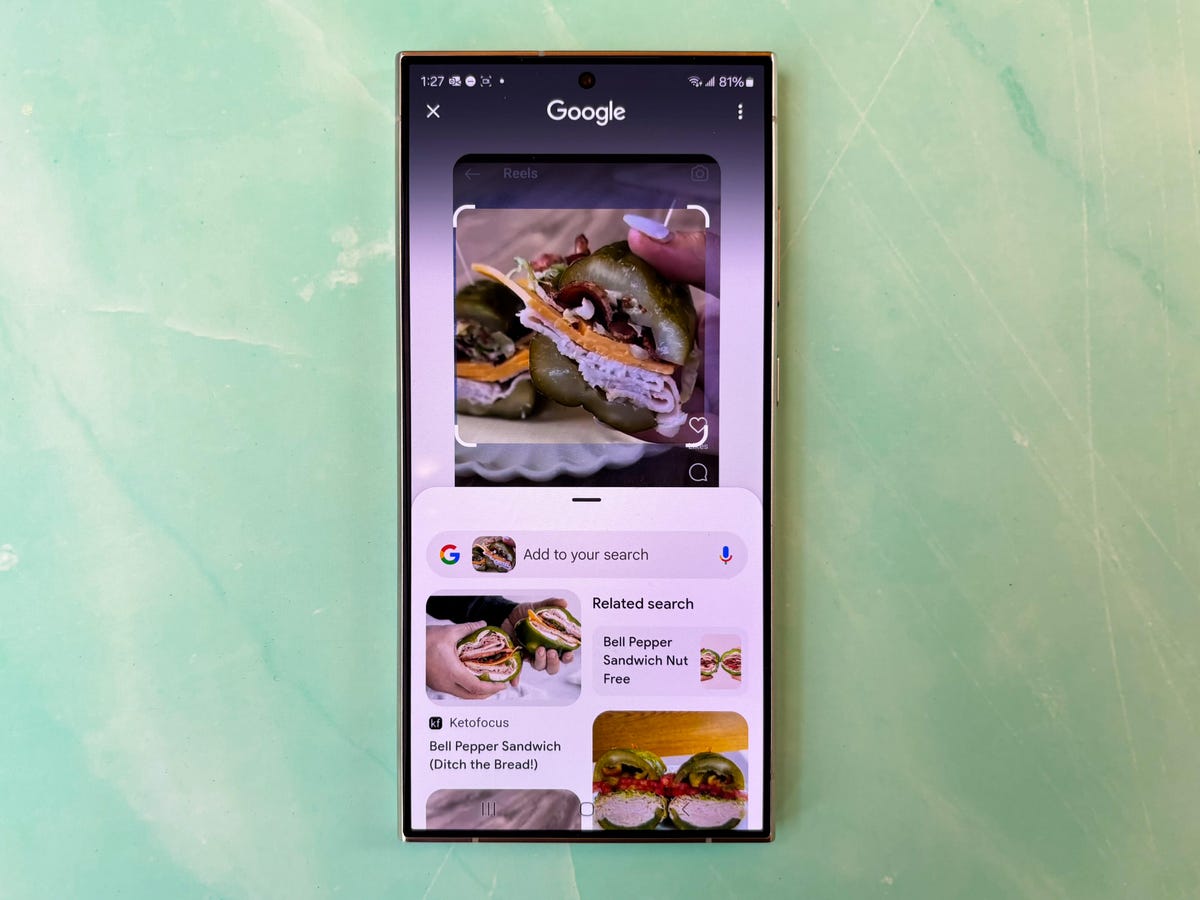
Another favorite feature of mine is Instant Slow-mo, which lets me preview any video in my gallery in slow motion just by pressing and holding the clip. It’s not a game-changer, but it’s fun to play around with nonetheless. My only complaint is that it’s not always easy to see how to save the clip in slow motion. You can do so by tapping the pencil icon below the video clip, but I wish there was a way to just save it directly from the preview mode.
However, not all Galaxy AI features feel as valuable, and the writing style tool in the Messages app falls into that bucket. It essentially feels like a Samsung-customized version of Google’s Magic Compose, and it’s based on Google’s technology. The tool can rewrite text messages in a different tone, with options including professional, casual, social, polite and emojify.
When I chose the casual option, which sounds the most like my usual tone, my husband thought the message sounded strange and unlike me. I could possibly see the polite or professional option being helpful if you’re sending a message to a work colleague, but other options like emojify and social just pepper your words with hashtags and emojis.
The summarize option in Samsung’s Notes app has a cap at 8,000 characters, meaning it couldn’t sum up the entire 1,475-word script (which was around 8,400 characters) I had written for my Galaxy S24 Ultra video review. While I understand that most people aren’t jotting down lengthy notes on their phones, long documents like these are the ones that need summarizing the most.
Overall, Galaxy AI seems to be off to a promising start, although its long-term usefulness will depend on where Samsung and Google take it, and whether the existing features actually resonate with people. The fine print on Samsung’s product page for the Galaxy S24 Ultra hints that it could eventually charge for such features after 2025, although the company hasn’t said how much. While I’m glad Samsung isn’t making you pay for the most expensive model to get Galaxy AI, I wish it offered a few extra Galaxy AI features specifically for the Ultra. Doing so could have made the Ultra’s high price a little easier to swallow, especially given Samsung’s emphasis on productivity and creative tools with Galaxy AI.
The Galaxy S24’s camera has a crisper 5x zoom

Samsung succeeds in that regard, although you’ll have to look closely to spot the differences between photos from the Galaxy S24 Ultra and last year’s S23 Ultra. Take these photos of houseplants below as an example, both of which were taken at 5x zoom. They look the same at first glance, but when you examine them more closely, you can tell that the Galaxy S24 Ultra preserved more detail. I zoomed in more and cropped a section of it so that you could see the difference.
Galaxy S24 Ultra

Galaxy S23 Ultra
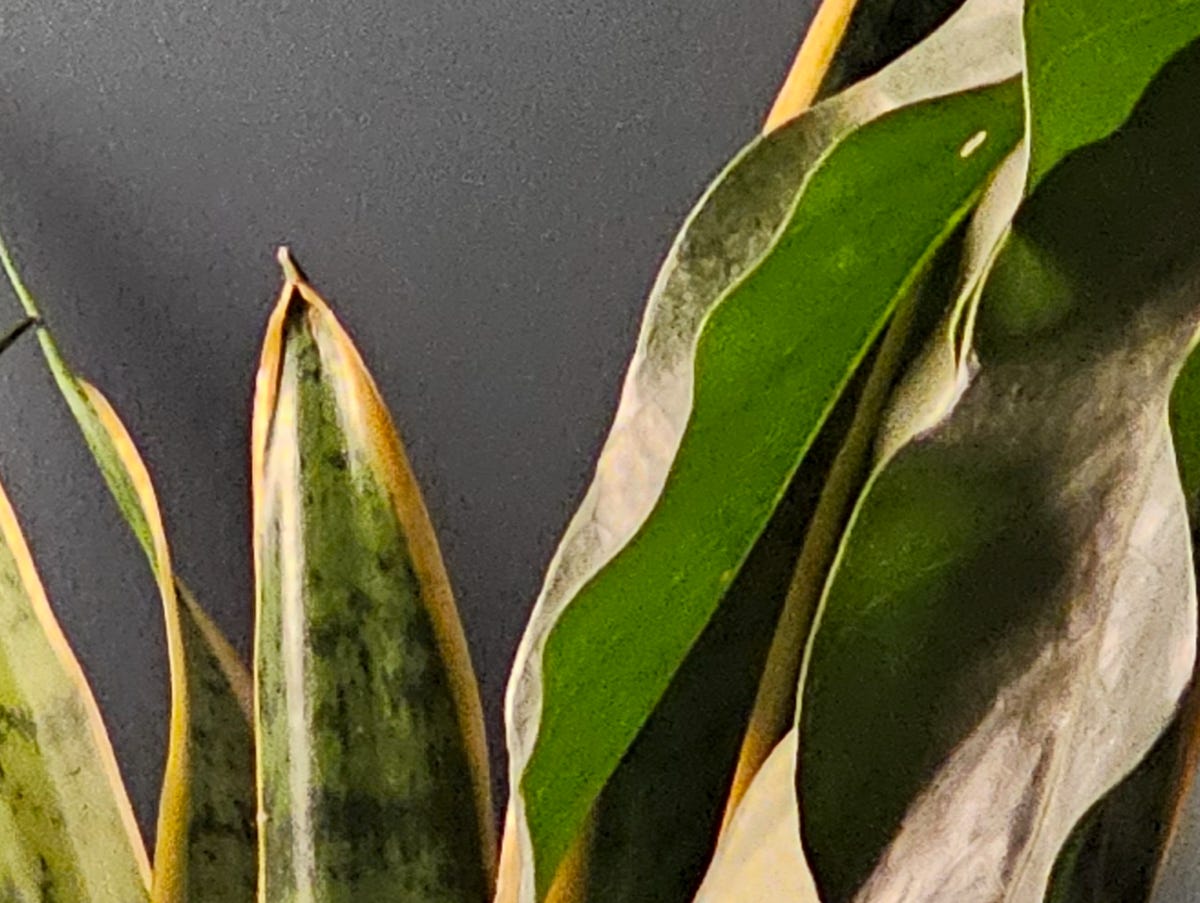
The Galaxy S24 Ultra also captured more detail at 5x zoom than the iPhone 15 Pro, although Apple’s photo is brighter. An image taken on Google’s Pixel 8 Pro, however, was crisper at 5x zoom than both Samsung and Apple’s.
iPhone 15 Pro Max

Pixel 8 Pro

The Galaxy S24 Ultra’s camera specifications are otherwise largely the same as the Galaxy S23 Ultra’s, though Samsung increased the size of the pixels, which should mean the S24 Ultra’s sensor can absorb more light.
As a result, I found that the Galaxy S24 Ultra is good at handling mixed and dim lighting environments, such as a cocktail bar or a friend’s living room. Even if the S24 Ultra’s photo wasn’t always the brightest of the bunch when compared to the S23 Ultra, iPhone 15 Pro and Google Pixel 8 Pro, it preserved a good amount of detail in these dark settings. When it comes to general image quality, the Galaxy S24 Ultra did a better job of making skin tones and colors look more natural compared to the S23 Ultra.
It’s hard to say whether the S24 Ultra is the best camera phone overall, since image quality can be subject to interpretation and depends on your preference. In my experience, each phone succeeded in their own way.
Check out the gallery below for more photos taken on the Galaxy S24 Ultra.
My Favorite Shots From the Galaxy S24 Ultra’s Camera



Galaxy S24 Ultra design, performance and battery life
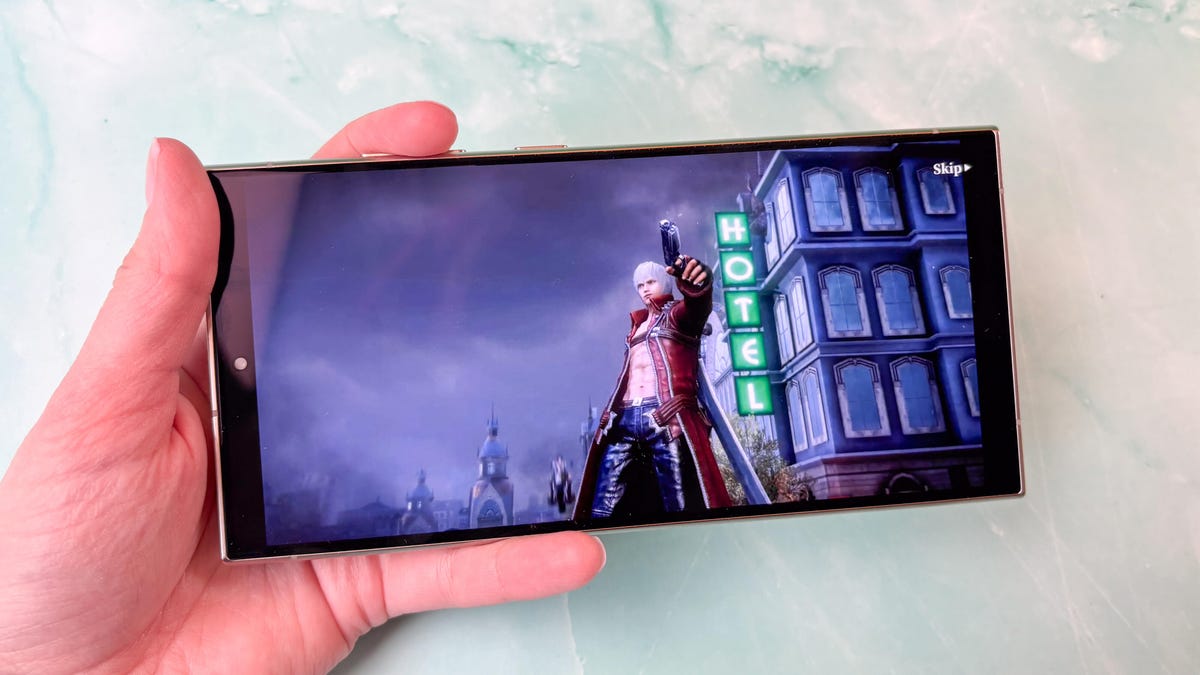
The Galaxy S24 Ultra looks a lot like the S23 Ultra, but with some subtle yet important differences. There’s titanium in the design, and the screen now has flatter edges that make it easier to grip. Samsung also boosted the screen brightness to 2,600 nits, which is brighter than the S23 Ultra’s 1,750-nit screen on paper, but not as luminous as the OnePlus 12’s 4,500-nit peak brightness.
However, in everyday use, I couldn’t see much of a difference between the Galaxy S24 Ultra’s screen at maximum brightness and the S23 Ultra’s. Maybe the change will be more noticeable in bright sunlight; it’s been overcast and somewhat gloomy in New York and San Jose, California, the two cities I’ve spent time in while reviewing the S24 Ultra.
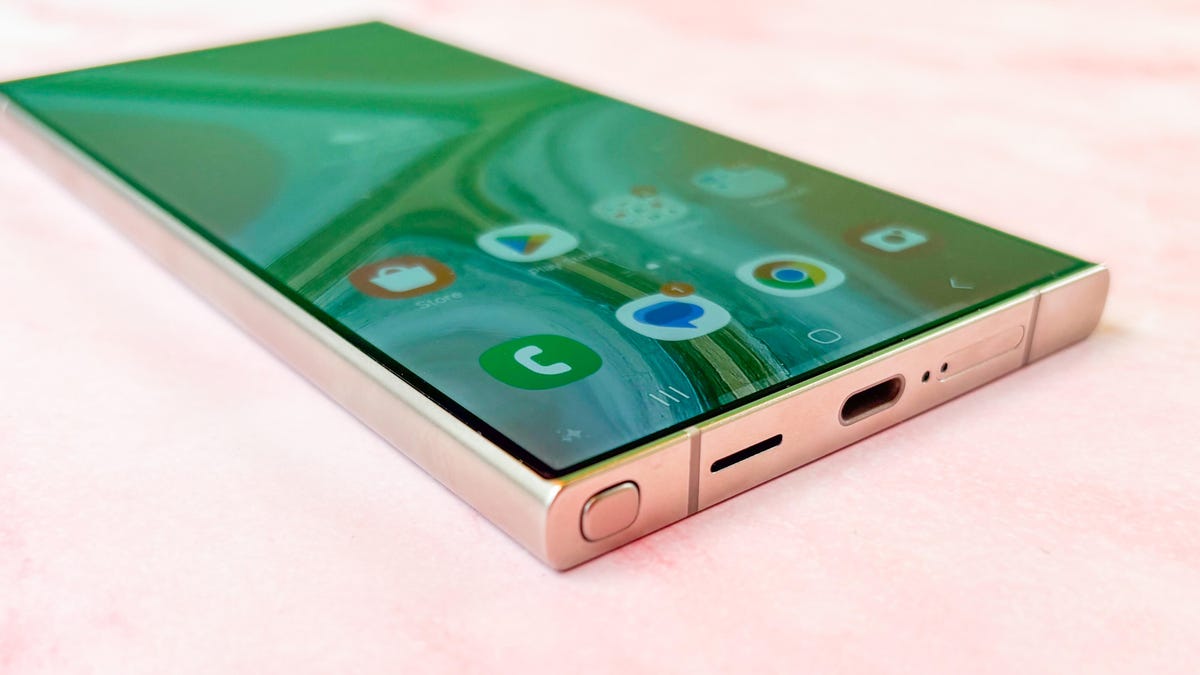
The Galaxy S24 lineup runs on a version of Qualcomm’s Snapdragon 8 Gen 3 processor optimized for Samsung’s devices, and it felt as snappy and smooth as you’d expect of a phone at this price. Language translations, which are processed on-device rather than in the cloud, happen quickly; games like Diablo Immortal and Devil May Cry: Peak of Combat run smoothly; and scrolling around the interface feels responsive and speedy.
Samsung is also making a big deal about the Galaxy S24’s ray-tracing capabilities, which should make shadows and reflections in games look more lifelike. Samsung cited Diablo Immortal, Racing Master, Arena Breakout and Night Crows as early examples of ray-tracing-optimized games. I didn’t see much of a difference when playing Arena Breakout on the Galaxy S24 Ultra alongside the Google Pixel 8 Pro, which does not support ray tracing. I’m not sure if Diablo Immortal has been updated to take advantage of the S24 Ultra’s ray tracing yet, but I noticed a difference regardless. Shadowy areas had more definition and contrast on the S24 Ultra compared to the Pixel 8 Pro, which made the game look a bit hazy by comparison.
Samsung’s Galaxy S24 Ultra Now Has a Titanium Design

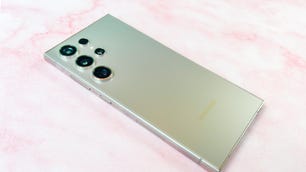
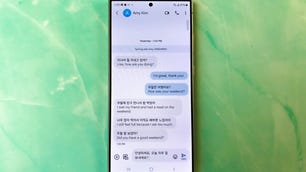
The Galaxy S24 Ultra beat last year’s Galaxy S23 Ultra and Pixel 8 Pro, the latter of which runs on Google Tensor G3 processor, in benchmarks I ran that measure general computing and graphics performance. But the OnePlus 12 surpassed the S24 Ultra on 3DMark Wild Life Extreme, the graphics-oriented benchmark, while the iPhone 15 Pro Max beat Samsung’s new phone in general computing benchmarks (but not 3DMark).

